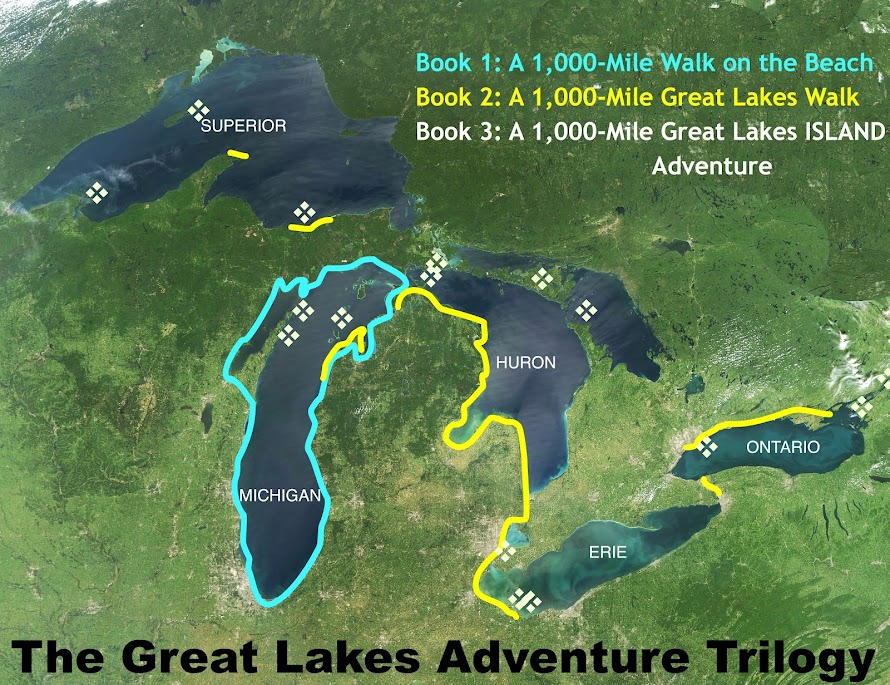
I have settled into a little cottage on the shores of Lake Michigan for a time. The season seems disjointed, though, with the unseasonably warm weather. We've had a stretch of seventy degree or higher days -- with two days pushing up against eighty degrees -- so it feels more like June and summer than October and fall. I just finished walking the beach for several miles, then turning back to retrace my steps back to my cottage.
It is odd for me to retrace my steps.
I am used to walking on and on and on...


It's been good hammock weather and I've been doing a lot of reading and writing here.
The first book I took with me to the hammock was just released by The University of Michigan Press.
It is by Jerry Dennis, the brilliant essayist whose work best captures the Great Lakes. This book is called THE WINDWARD SHORE: A Winter on the Great Lakes. It was a wonderful read and I'm glad I read it while the waves played background music along the shore.
Dennis has lived his life on the Great Lakes, mostly on Lake Michigan. He lives within sight and sound of the lake and he says:
"Day and night by the water -- it insinuates. Seeing it in all hours and in all seasons, hearing it even in your sleep, it changes you. You're reminded that everything is fluid, that time flows and carries us along from a springlike source to an oceanlike eternity. And although I know these inland seas are not oceans, I have followed them to an ocean and know the connectedness of waters -- and the connectedness of every other thing as well. And I know the lakes are treasures worth more than all the world's gold."
For this book, Dennis spent time in winter at several residences on the shores of the Great Lakes and tried to capture this least-celebrated season on the lakeshore. There are people who summer at the lakes who have never seen the many forms the ice can take in winter: frazil, shelf ice, pancake ice, boulders of ice and more. They've never seen a storm smash up the shelf ice, then toss it up into sculptures on the shore. They've never walked out on the ice and felt the waves pulsing beneath their feet.
Dennis captures this most harsh and beautiful season in this collection of essays. It's a book I'll pull down to re-read winter after coming winter.



























